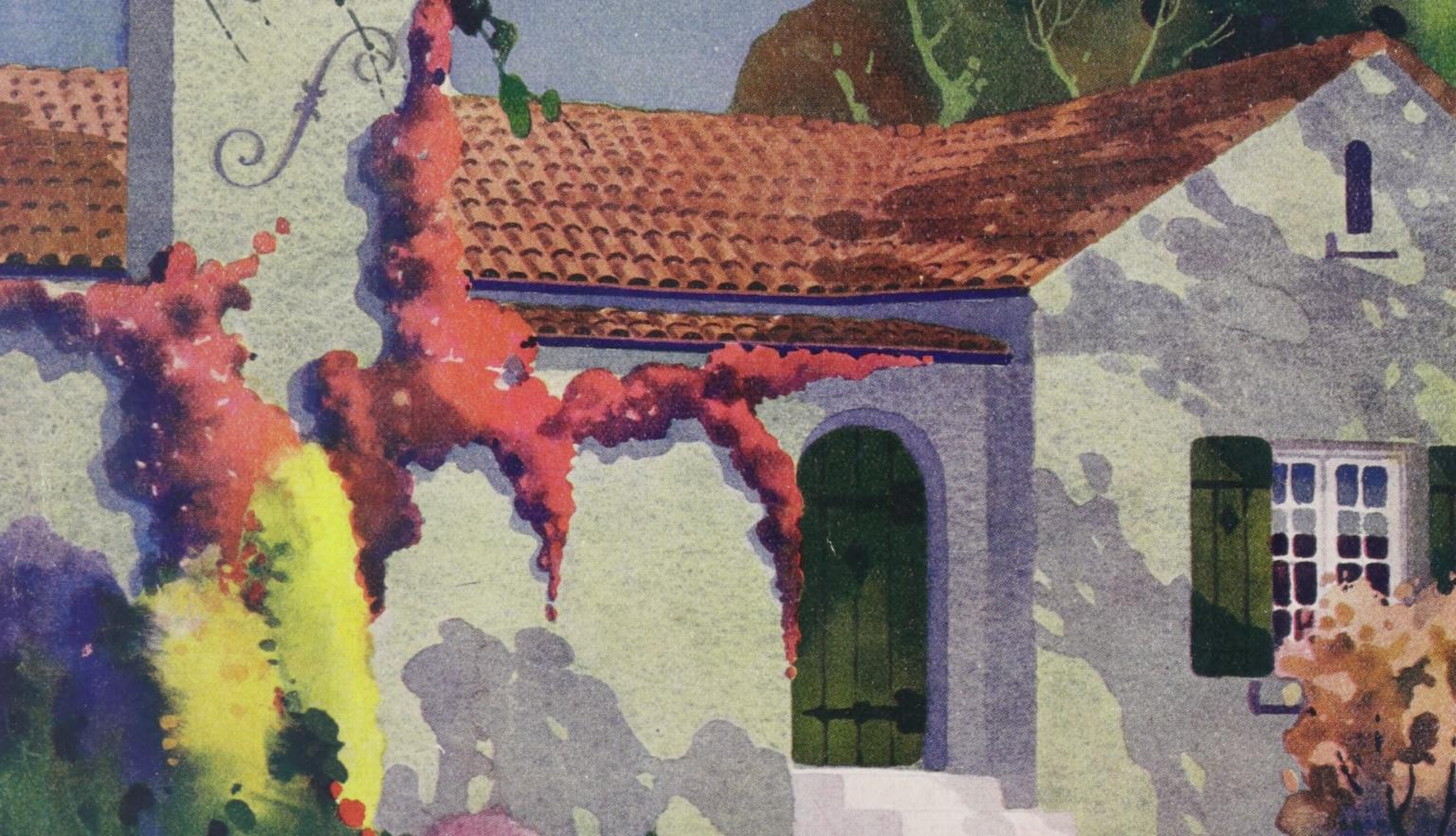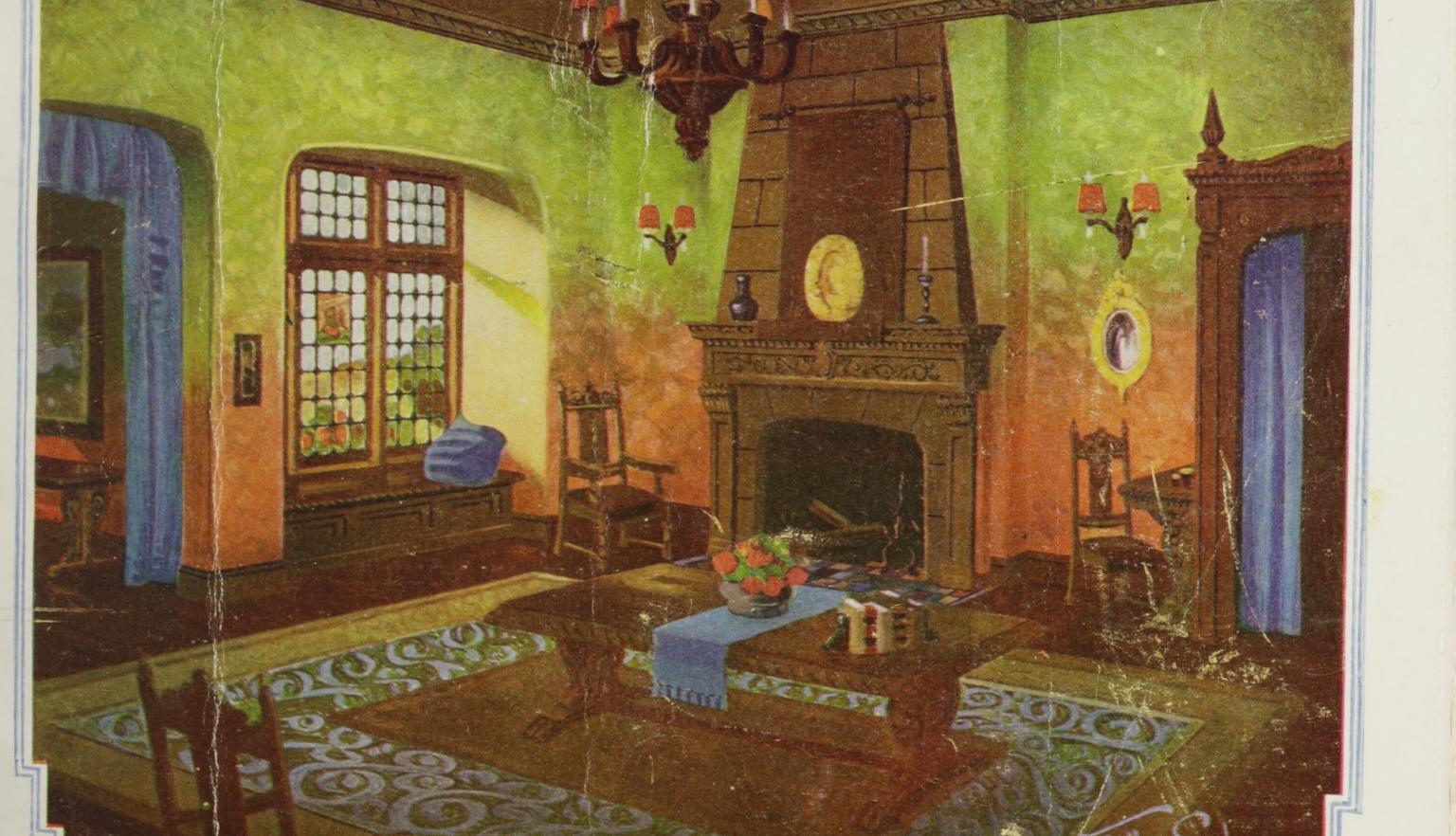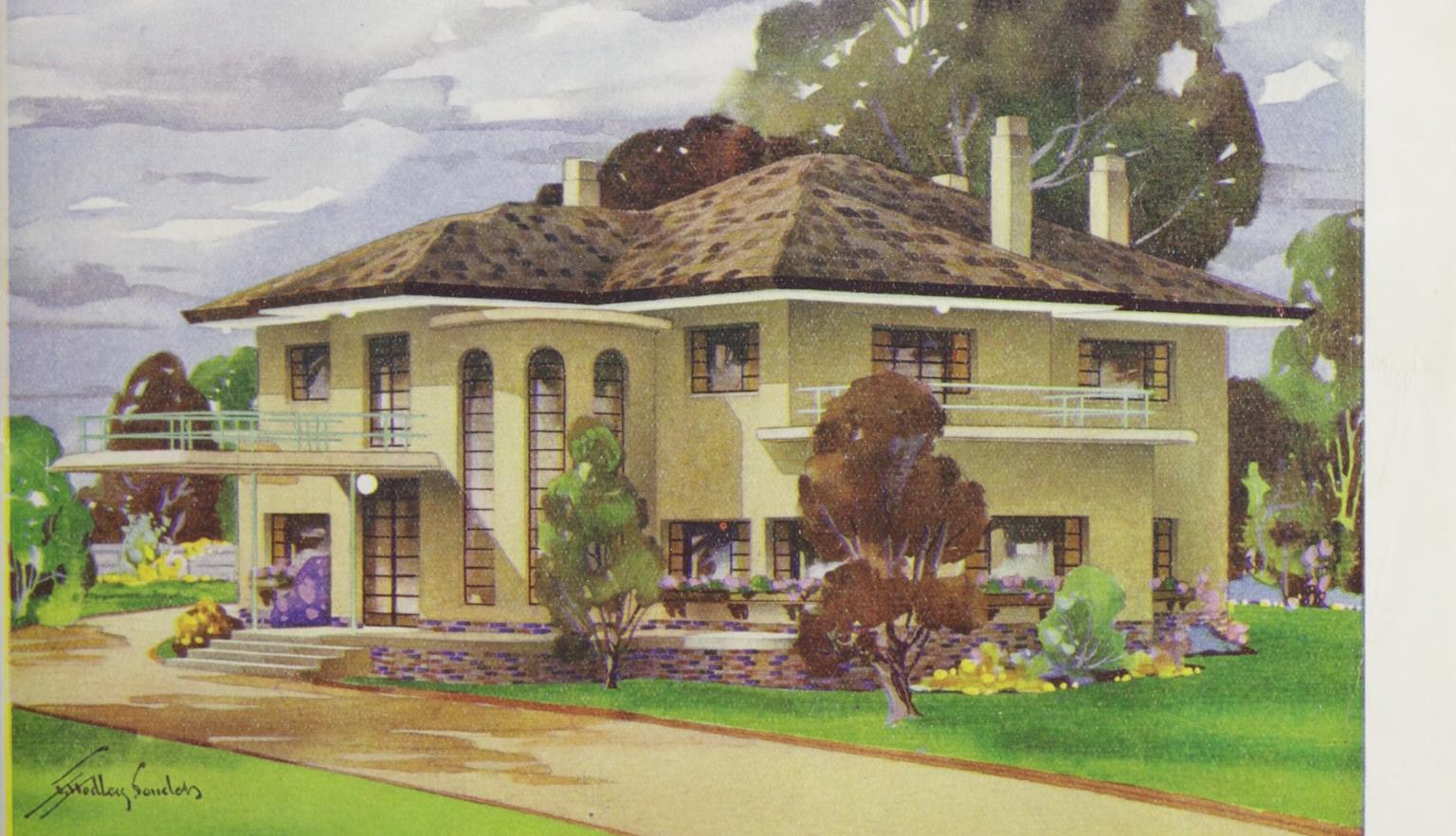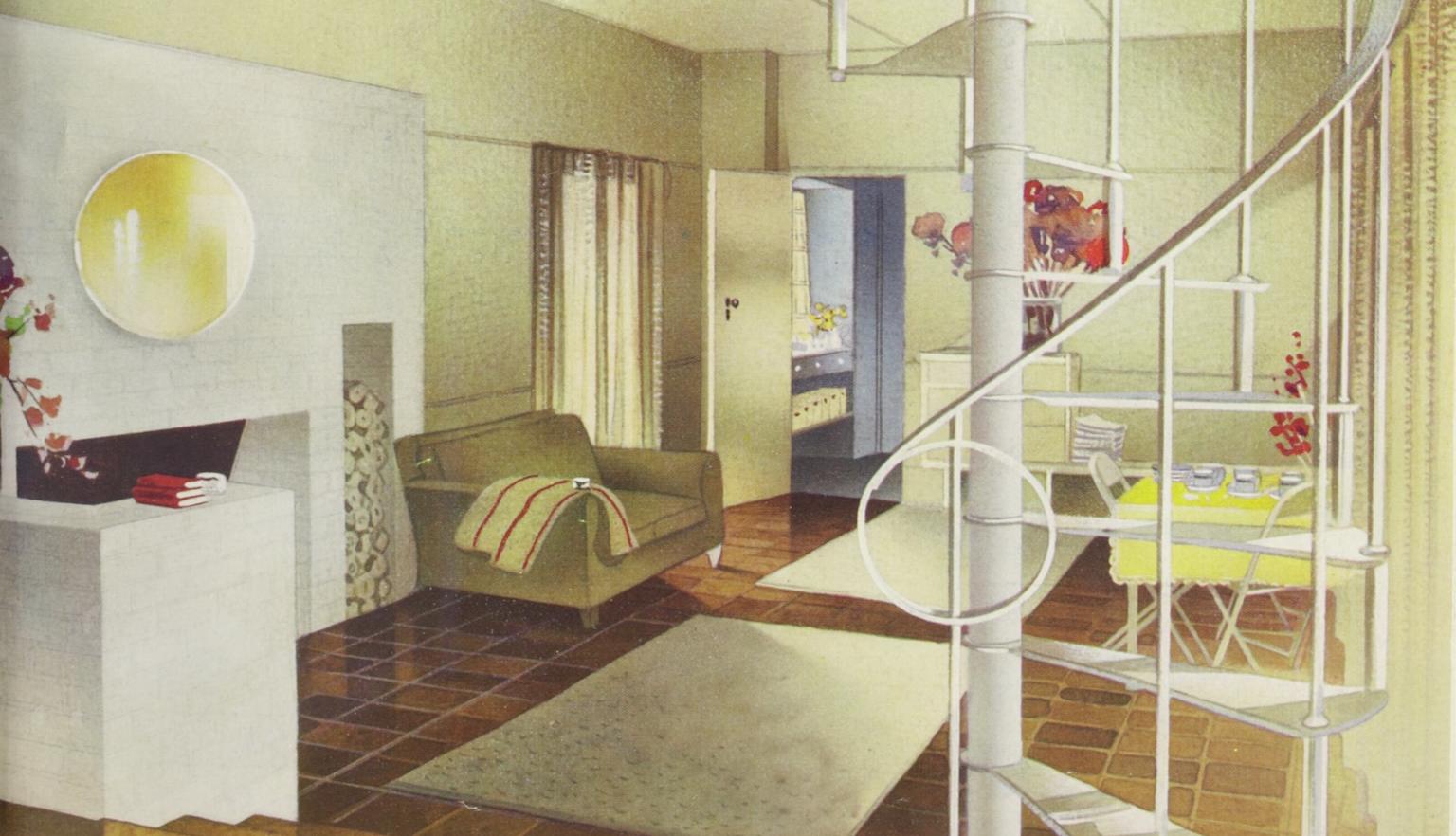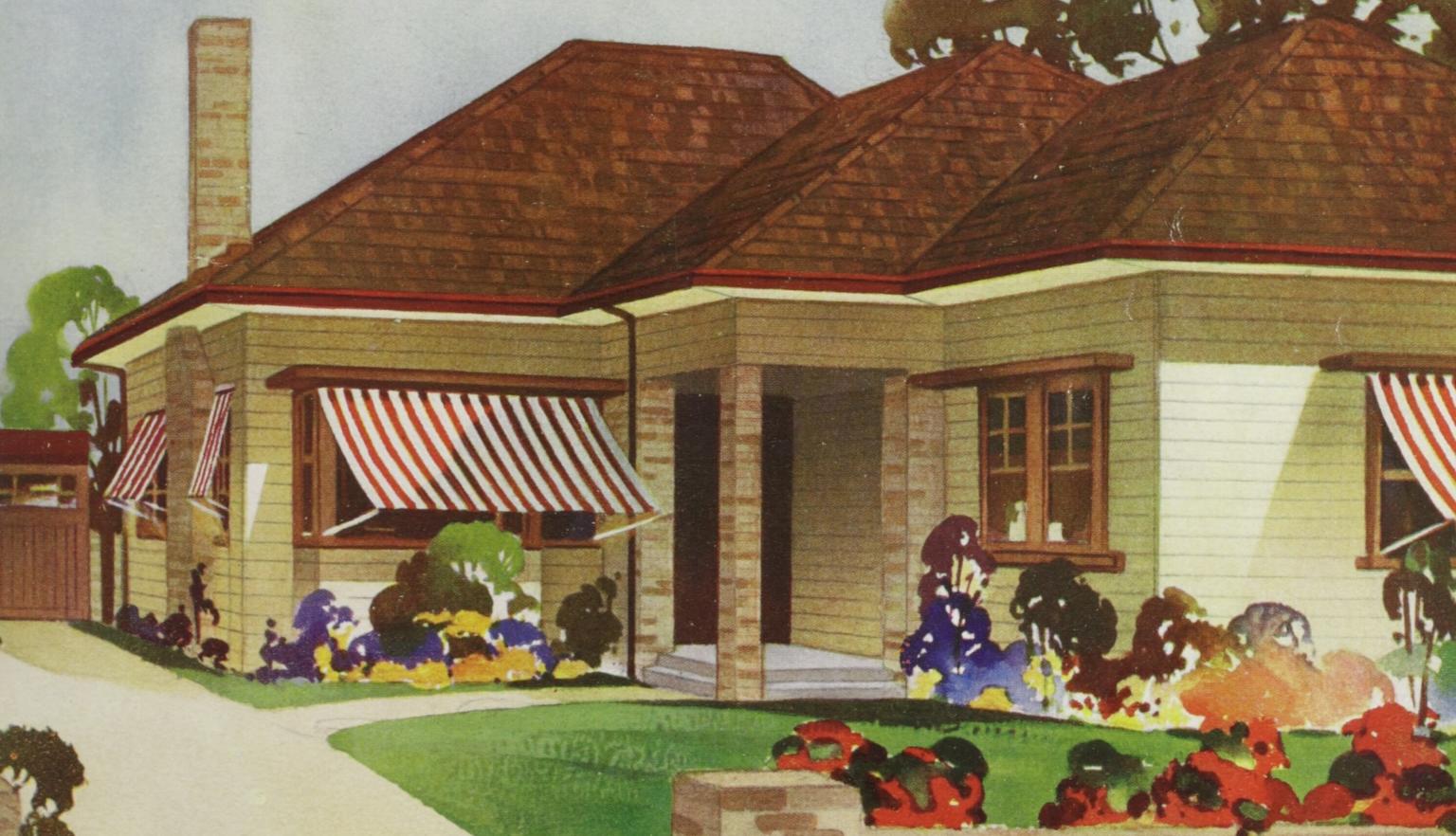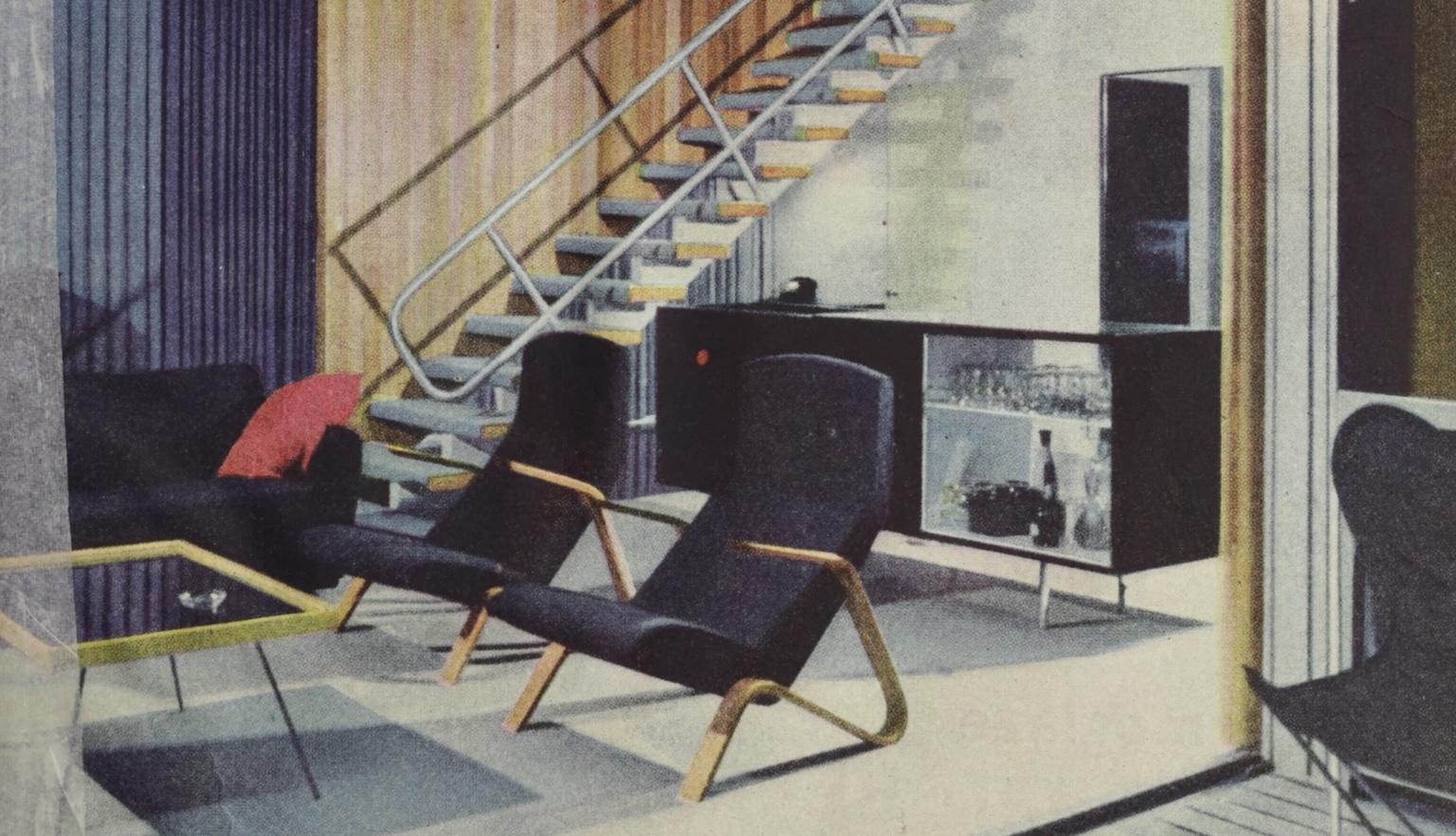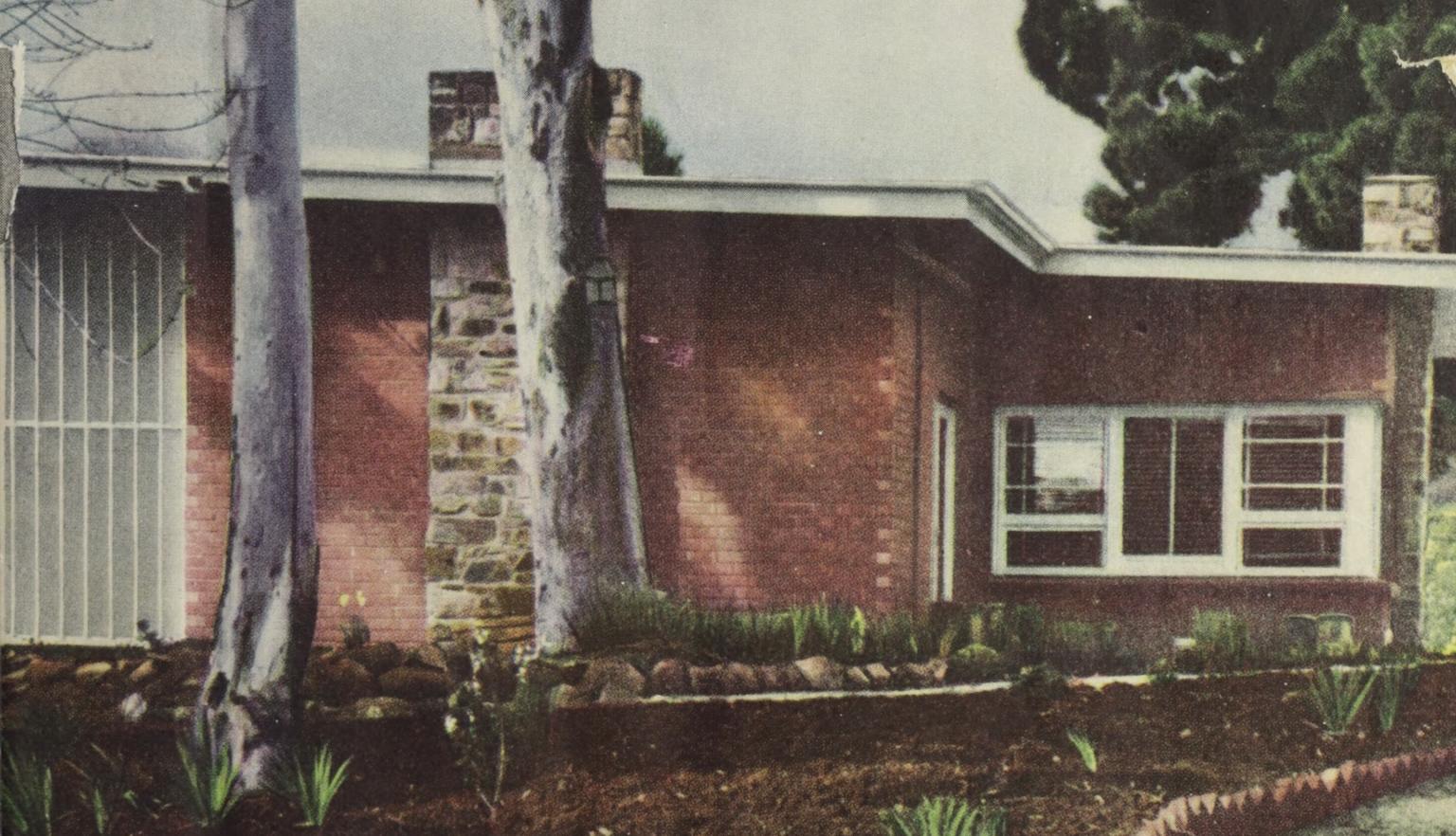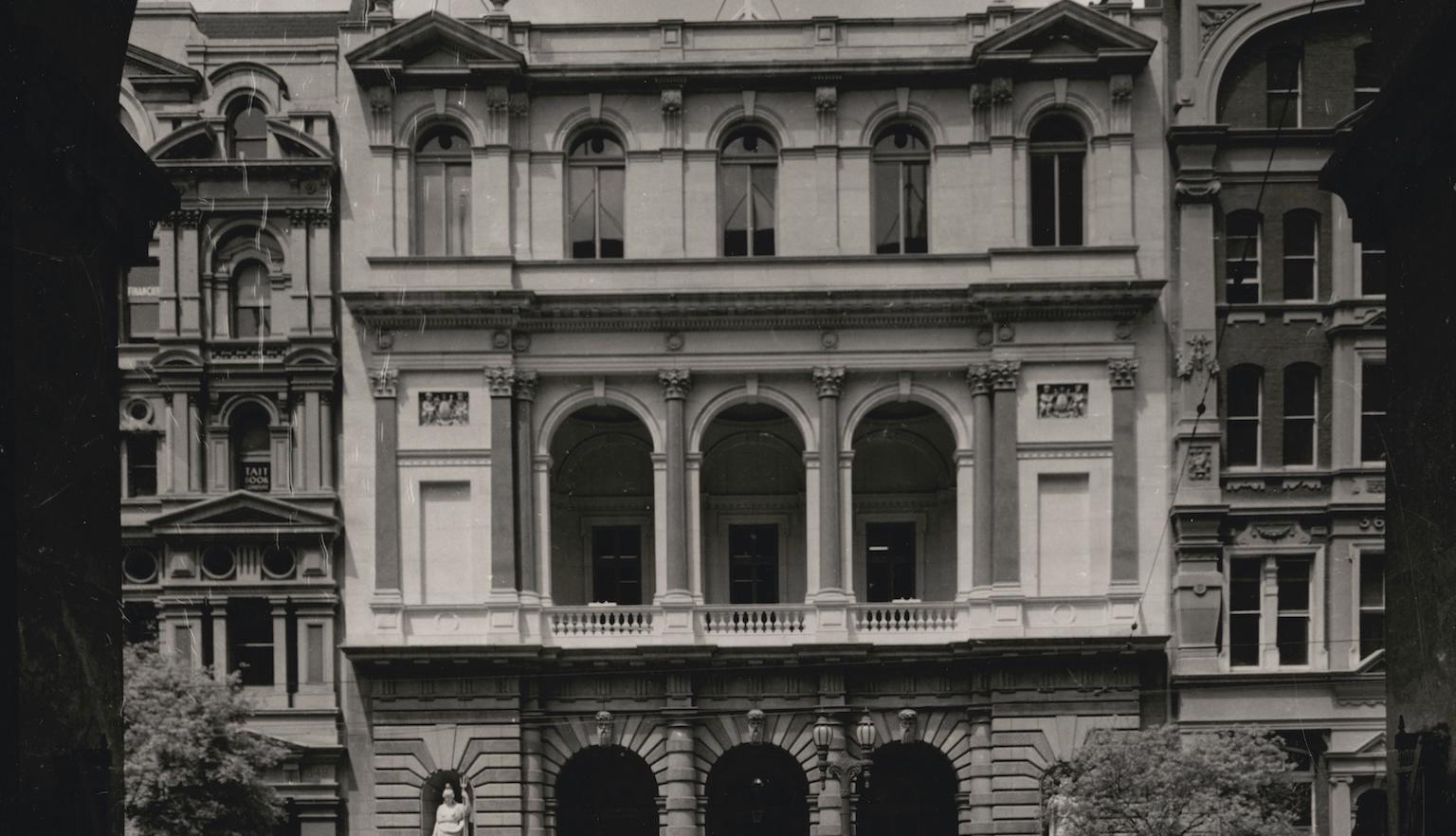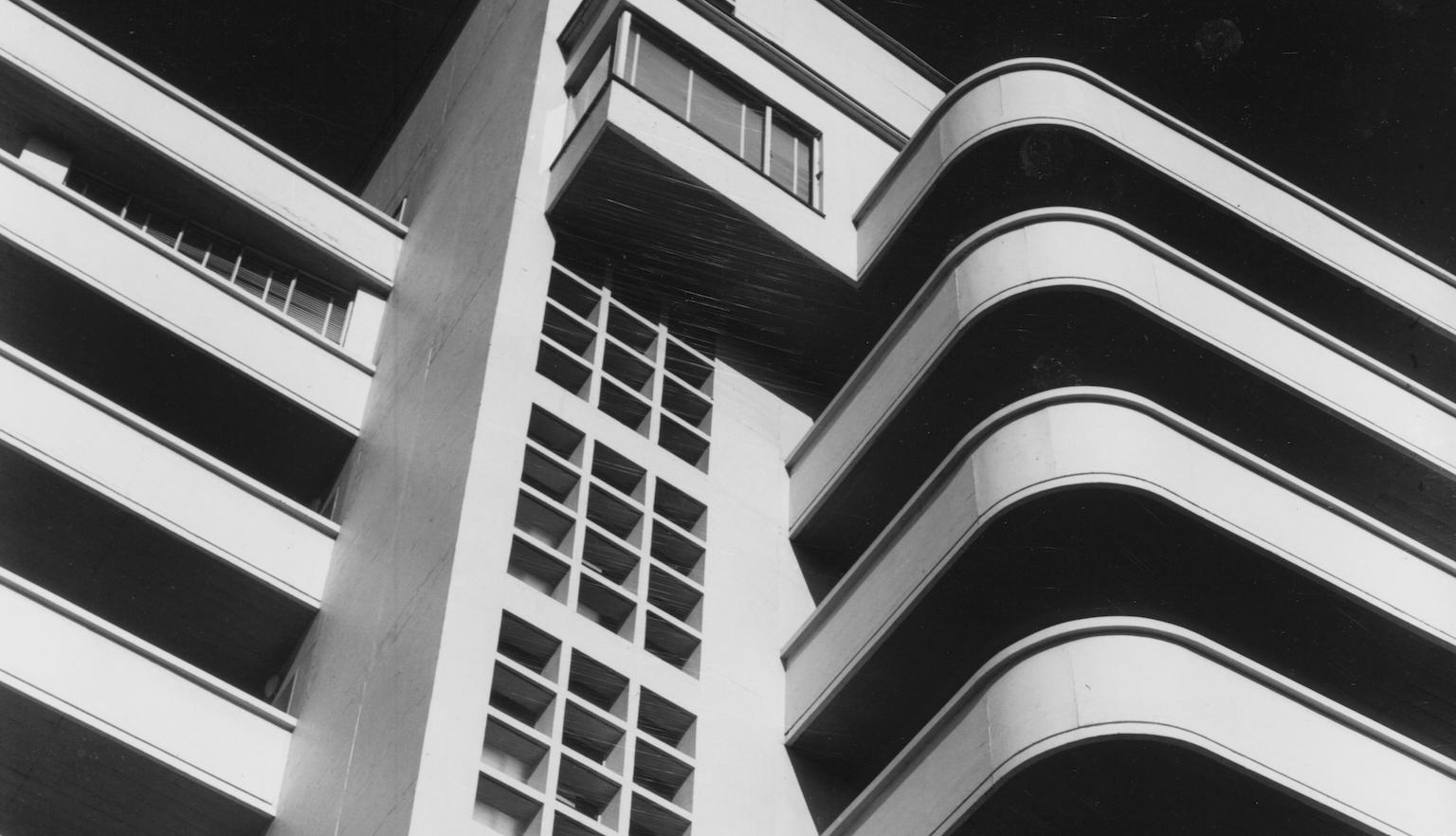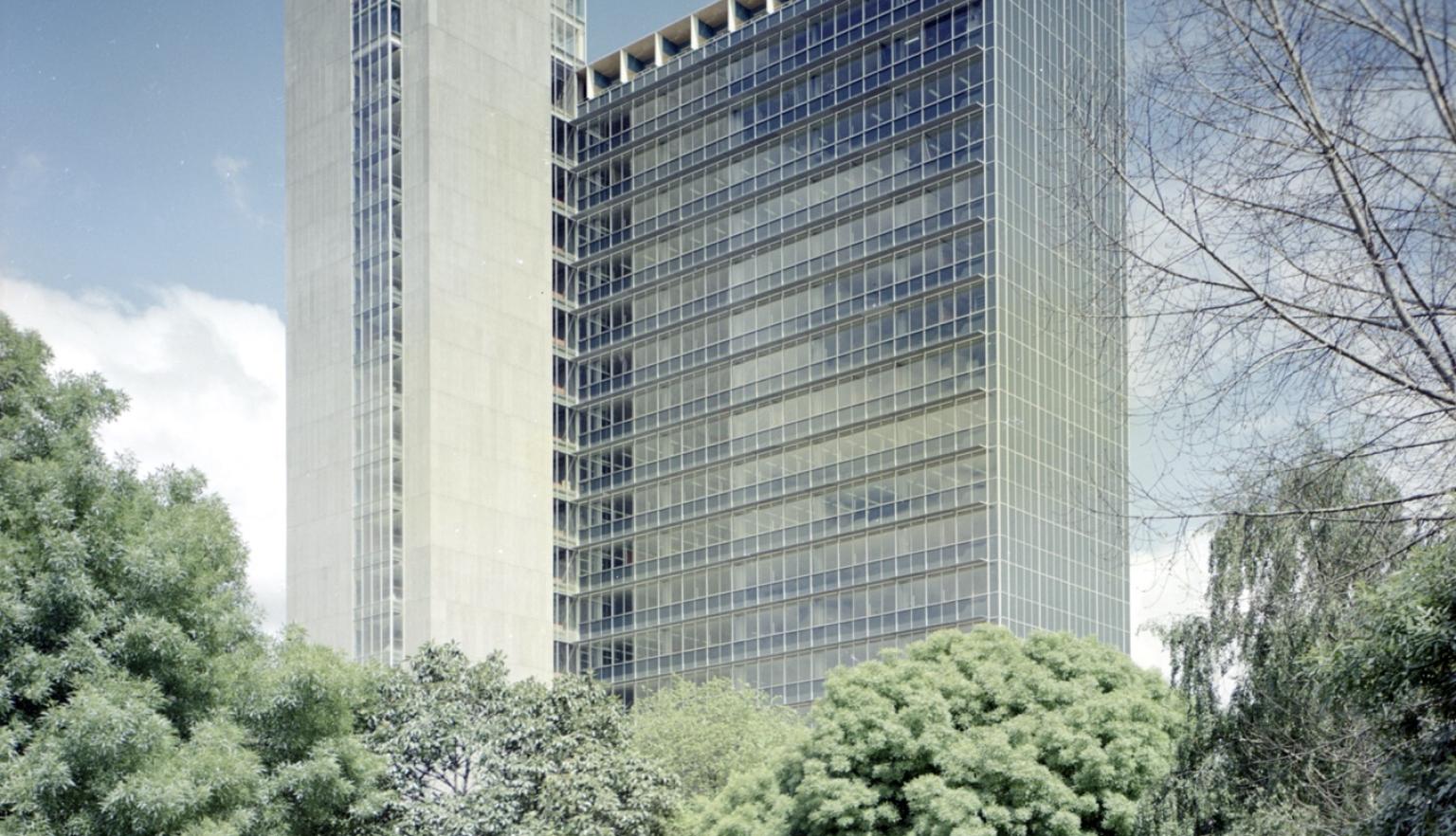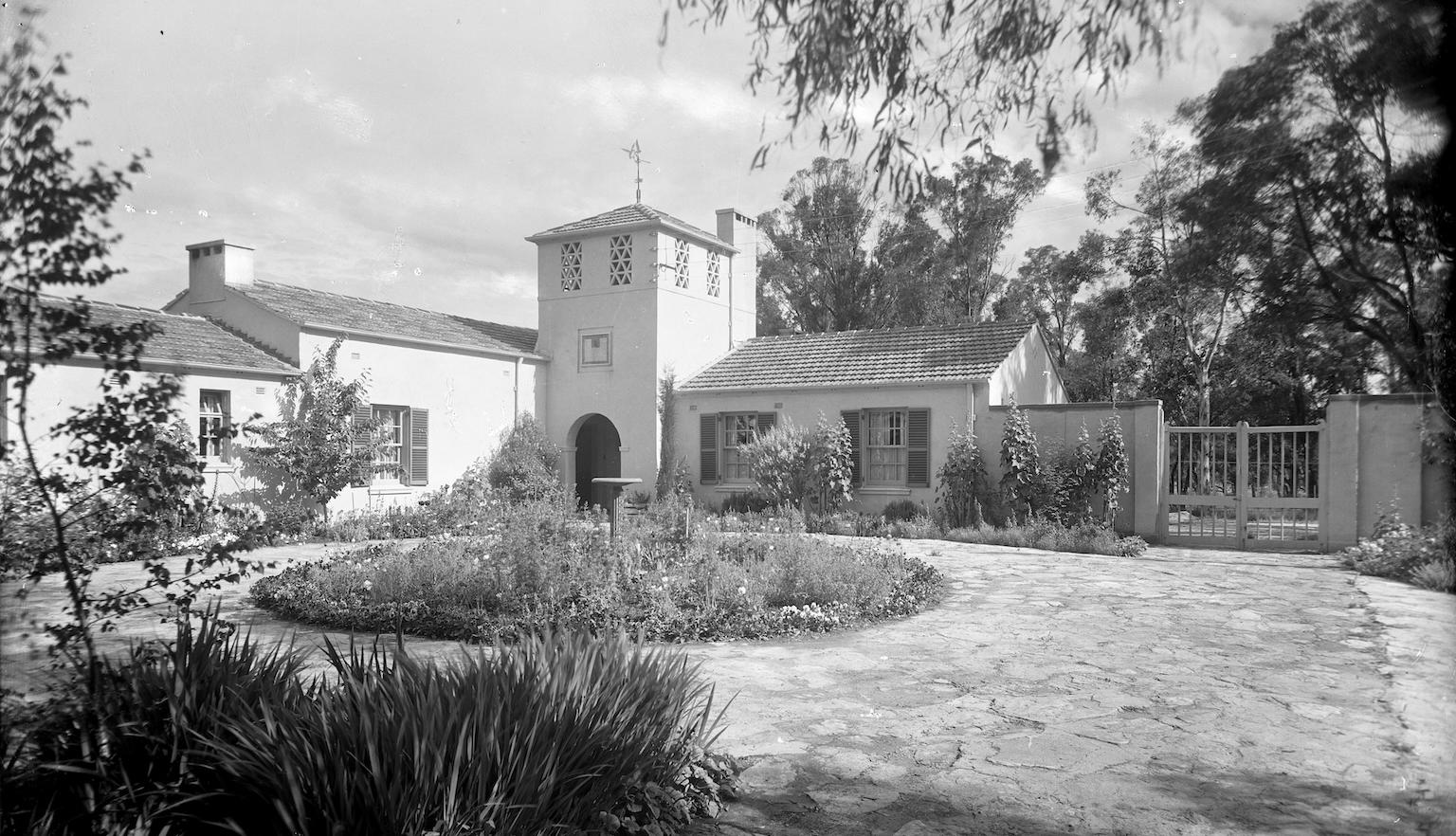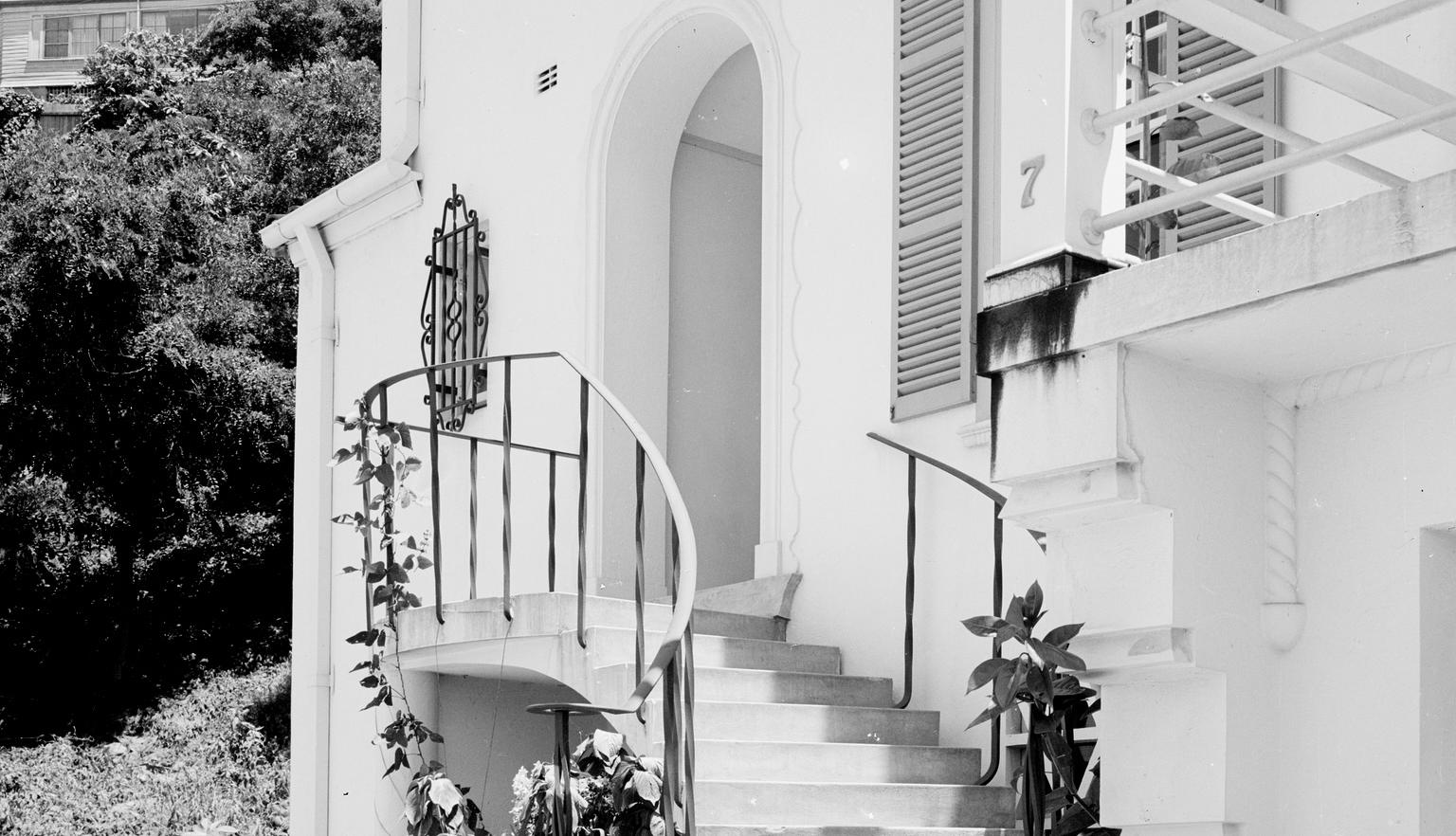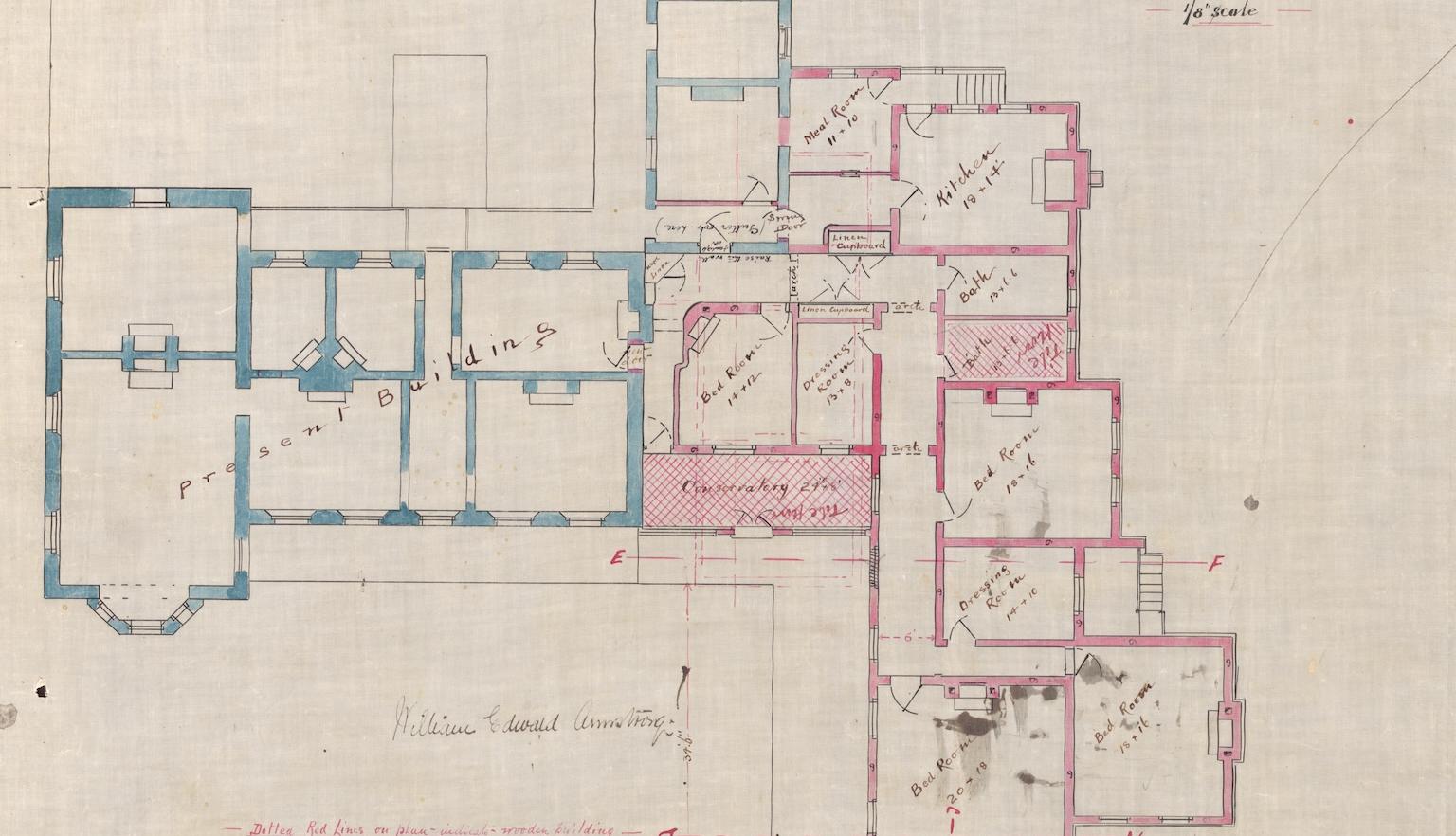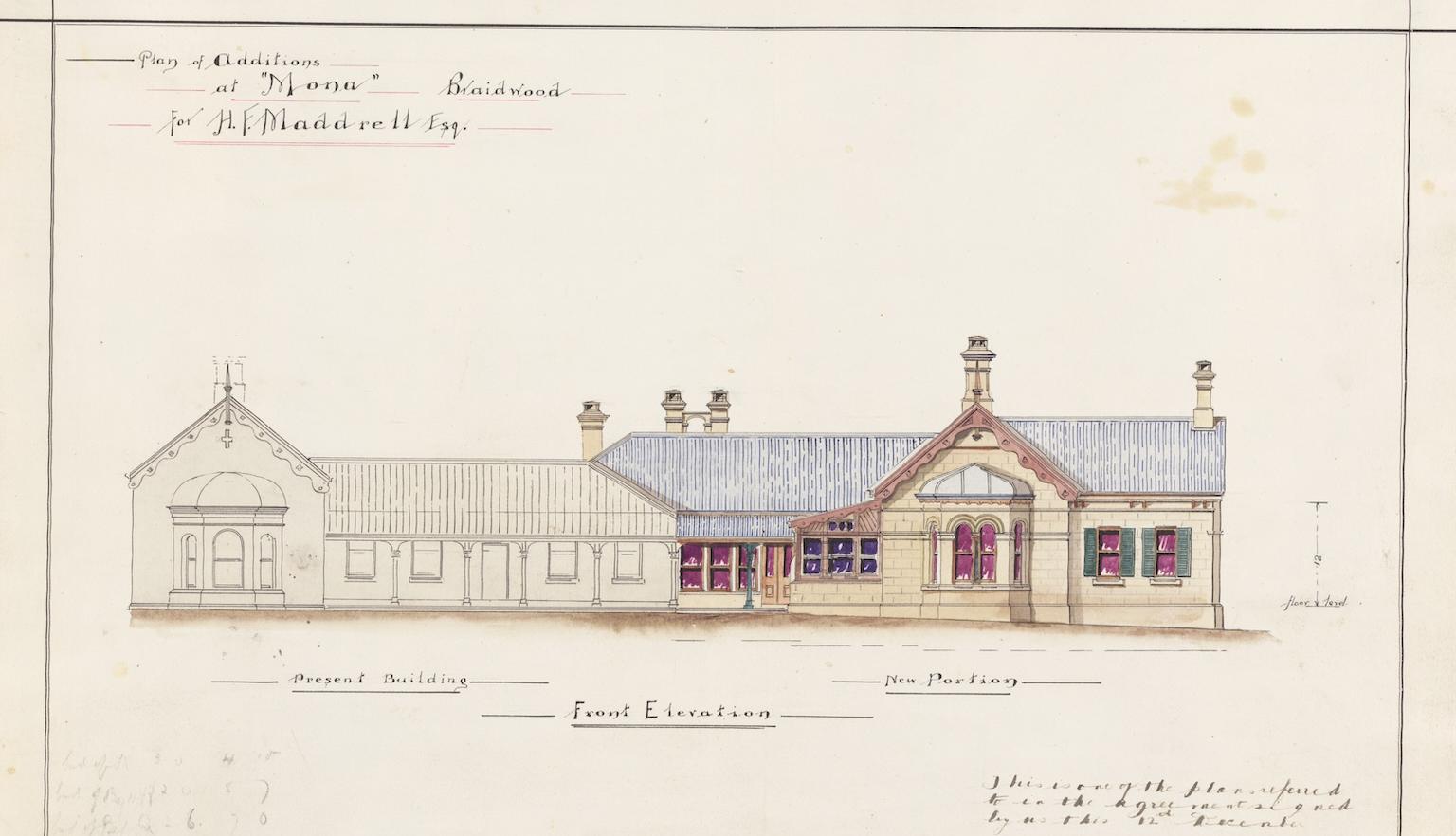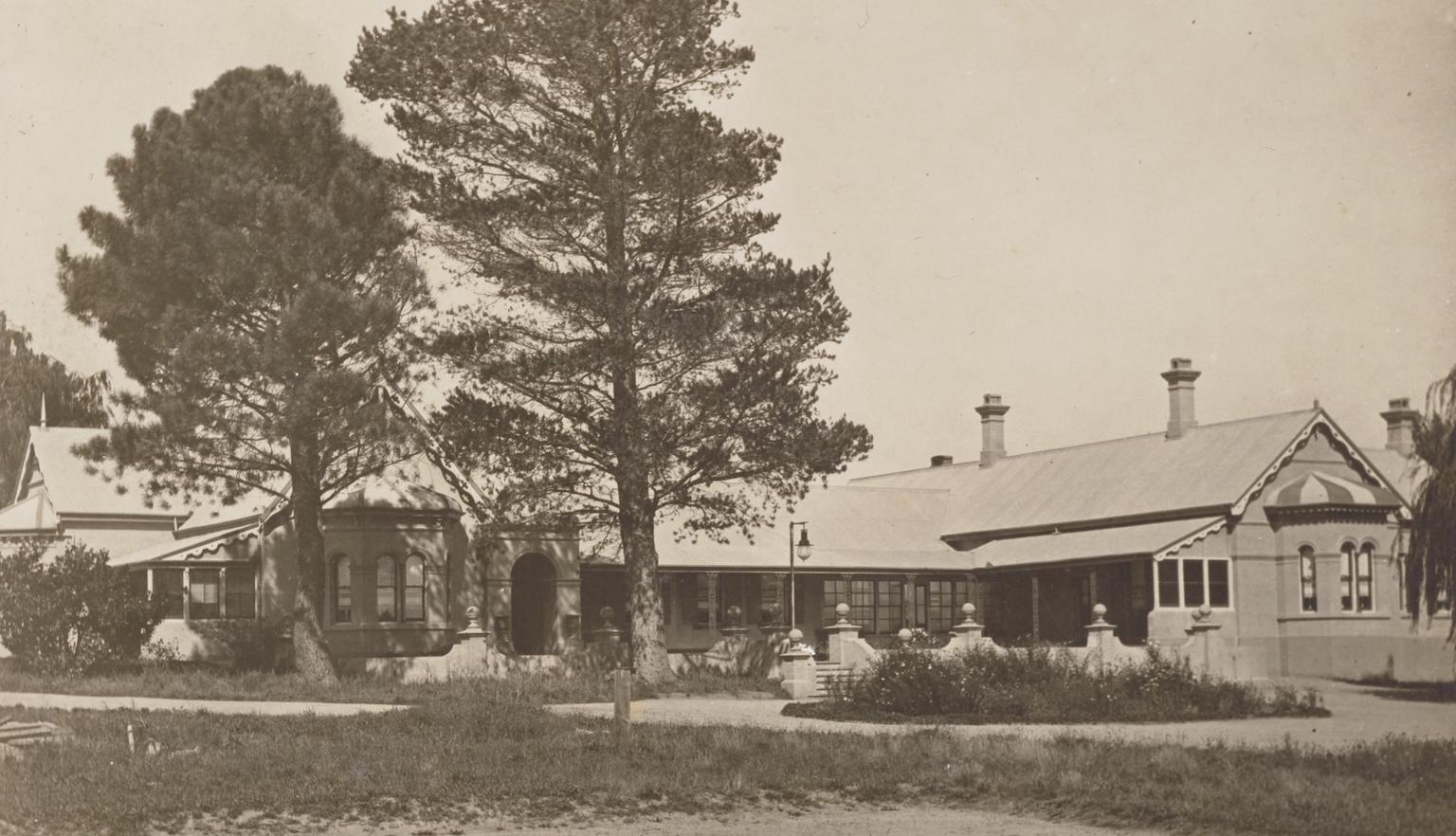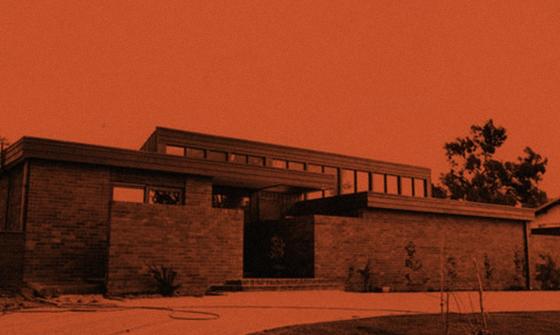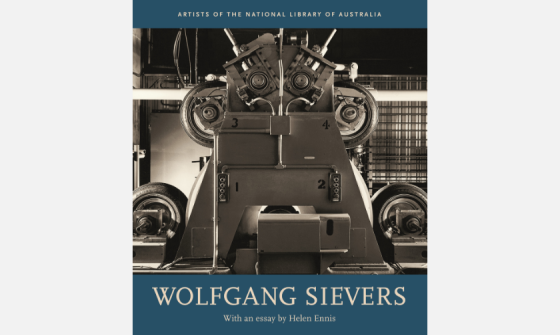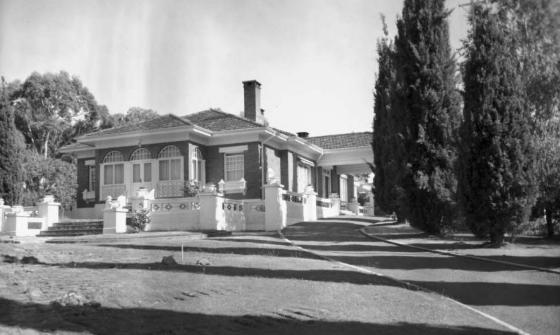Build your knowledge of architecture
Architecture is something almost everyone has an opinion on—and an appreciation for. Australian architecture and its history is particularly fascinating, and there’s plenty to discover in our collections. To get you started, this blog features a few highlights in different formats that can be used to build your architectural knowledge.
The Australian Home Beautiful magazine
One of the best places to explore architecture, and how it’s changed over time, is through magazines and journals. One such magazine is The Australian Home Beautiful, originally titled The Australian Home Builder before being renamed in 1925. Published monthly from 1923 to today, this magazine provides incredible insight into trends in residential architecture and design. Visit Trove to explore editions of the magazine up to 1954.
Many architecture journals such as The Home Builders Annual, Architecture and Arts, The Real Property Annual, Year book of the Royal Australian Institute of Architects and The Commonwealth Home can also be explored in Trove, thanks to the generous support of Melbourne architectural firm Lovell Chen in 2023.
Wolfgang Sievers photographic archive
Changes in popular architectural styles over the 20th century can also be explored through the extensive Wolfgang Sievers photographic archive. Taken over almost 60 years all around the country, they make up the largest photographic collection at the Library. While the archive also captures mining and industry, Sievers captured many buildings, both modern and historical, and was frequently commissioned by prominent architectural firms. Thousands of his photographs can be explored online in Trove.
Interview with architect Leslie Wilkinson
In the Hazel de Berg oral history collection is an interview with architect and academic Leslie Wilkinson recorded in 1967. The interview covers a range of topics including early Australian buildings, how Australian style has evolved, European architecture, the impact of climate and much more. He also shares some of the messages he gave his students when he was a professor at the University of Sydney.
Now of course, today, it’s rather fashionable to almost scoff at the history of architecture. But any subject, any important subject like architecture, must have a history worth studying. I used to sometimes tell the students that how can they be certain of being original unless they know everything that’s been done before.
Some of the homes Wilkinson designed were captured by renowned photographer Harold Cazneaux.
Building plans for ‘Mona’
Building plans can be another great resource, as they can show how specific buildings were originally designed and altered over time. Visitors to the Library, for example, will be able to spot some of the differences between the building today and this plan from 1968.
Also held by the Library are several collections of building plans, originally belonging to architectural firms, specific architects or building owners. Among these are the plans developed for Henry Francis Maddrell and his wife Louisa Jamieson for changes to the Maddrell family home ‘Mona’ in Braidwood, New South Wales in 1902. The changes made by Henry and Louisa saw the house double in size, with four bedrooms, two dressing rooms, two bathrooms, a kitchen, a dining room and a conservatory being added.
Sydney Opera House designs
Lastly, we can’t talk about Australian architecture without mentioning one of the country’s most well-known buildings: the Sydney Opera House. Despite initial backlash to the design, it is now inarguably one of the most recongnisable buildings in the world. This is thanks to Danish architect Jørn Utzon, who won the international competition to design the building in 1957. We hold many items related to this iconic building, including the Jørn Utzon collection of architectural plans and Utzon’s model for the geometry of the Sydney Opera House shells.
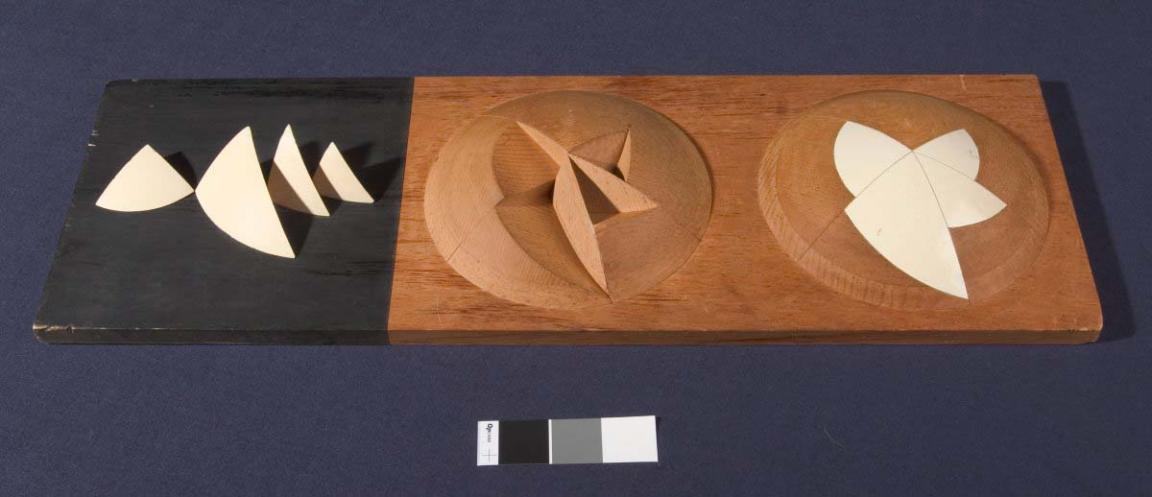
Jørn Utzon, [Architects model for the geometry of the Sydney Opera House shells] [realia], nla.gov.au/nla.obj-139591596
Jørn Utzon, [Architects model for the geometry of the Sydney Opera House shells] [realia], nla.gov.au/nla.obj-139591596
More about the Sydney Opera House, Utzon and this model can be learnt in our Digitial Classroom.
Also in our collection are the designs of another entrant in the competition, architect and cartoonist George Molnar. While Utzon drew inspiration from natural shapes, Molnar’s designs are said to be based on the shape of a Manly ferry.
Keep exploring
These are just a few highlights, and there’s plenty more to explore. Start searching in the catalogue or browse our ‘architecture and design’ discovery topic.
